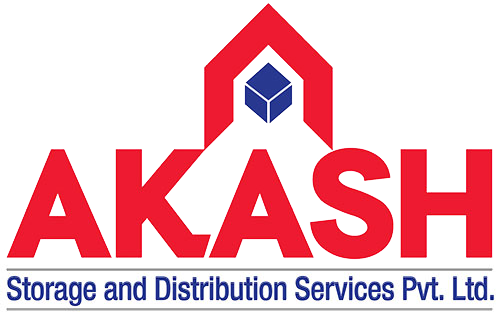Introduction
In the ever-evolving global marketplace, supply chain optimization has become a critical aspect of business success. A well-optimized supply chain not only enhances operational efficiency but also drives cost savings and customer satisfaction. Therefore, in this comprehensive guide, we delve into key strategies to master the art of supply chain optimization, enabling businesses to thrive in a competitive landscape.
Data-Driven Demand Forecasting
Accurate demand forecasting is the foundation of an optimized supply chain. Businesses must leverage historical data, market trends, and advanced analytics to predict customer demands accurately. Therefore collaborative forecasting with suppliers and customers can provide invaluable insights for inventory planning and production scheduling. For instance, by better aligning-supply with demand, businesses can avoid stock outs, reduce excess inventory, and improve overall supply chain efficiency.

Forge Strong Supplier Partnerships
Collaborative partnerships with suppliers play a vital role in a well-optimized supply chain. However, establishing strong relationships enables businesses to gain access to timely and reliable deliveries, negotiate favorable terms, and unlock opportunities for cost savings. Regular communication with suppliers fosters transparency, enabling businesses to proactively address potential disruptions and work together to optimize processes and reduce lead times.

Lean Principles for Efficiency
Incorporating lean principles into supply chain management can eliminate waste and drive efficiency. Therefore, identify and eliminate non-value-added activities, optimize resource utilization, and streamline processes to create a lean and agile supply chain. Techniques like Just-in-Time (JIT) inventory management and value stream mapping can significantly reduce carrying costs and enhance the overall flow of goods.
Harnessing the Power of Technology
In today’s digital age, technology plays a pivotal role in supply chain optimization. Integrating a robust Supply Chain Management (SCM) system offers real-time visibility into inventory, orders, and shipments, enabling informed decision-making. Automation, data analytics, and Internet of Things (IoT) devices can further enhance accuracy, productivity, and responsiveness within the supply chain.

Transportation Efficiency
Optimizing transportation is a key strategy for supply chain success. Businesses can consolidate shipments, use multiple transportation modes, and negotiate favorable contracts with carriers to reduce costs and lead times. Implementing route optimization software can minimize fuel consumption, emissions, and transportation costs, leading to a more sustainable and efficient supply chain.
Proactive Risk Management
Proactively identifying and mitigating risks is essential for a resilient supply chain. Therefore, businesses must analyze potential disruptions caused by natural disasters, geopolitical uncertainties, or supplier issues. Diversifying suppliers and creating robust business continuity plans can minimize the impact of disruptions, ensuring business continuity even during challenging times.
Embracing Sustainability
Incorporating sustainable practices into the supply chain benefits both businesses and the planet. However, by using eco-friendly packaging, adopting green transportation methods, and collaborating with suppliers who share environmental values, businesses can reduce their carbon footprint and enhance brand reputation. For instance, consumers increasingly value sustainability, making it a powerful differentiator in the market.
Continuous Improvement Culture
A culture of continuous improvement is vital for ongoing supply chain optimization. Regularly reviewing processes, collecting feedback from stakeholders, and conducting performance evaluations enable businesses to identify areas for improvement. Key Performance Indicators (KPIs) provide valuable insights into supply chain performance, facilitating data-driven decision-making.

Conclusion
Supply chain optimization is a multifaceted and dynamic process that requires meticulous planning, collaboration, and adaptation. By employing data-driven demand forecasting, fostering strong supplier partnerships, embracing lean principles, and harnessing technology, businesses can create a streamlined and efficient supply chain. Proactive risk management, sustainability initiatives, and a culture of continuous improvement further fortify the supply chain’s resilience and competitive advantage. By mastering the art of supply chain optimization, businesses can achieve operational excellence, meet customer demands, and position themselves for sustained success in an increasingly complex and fast-paced business landscape.

Write a Comment